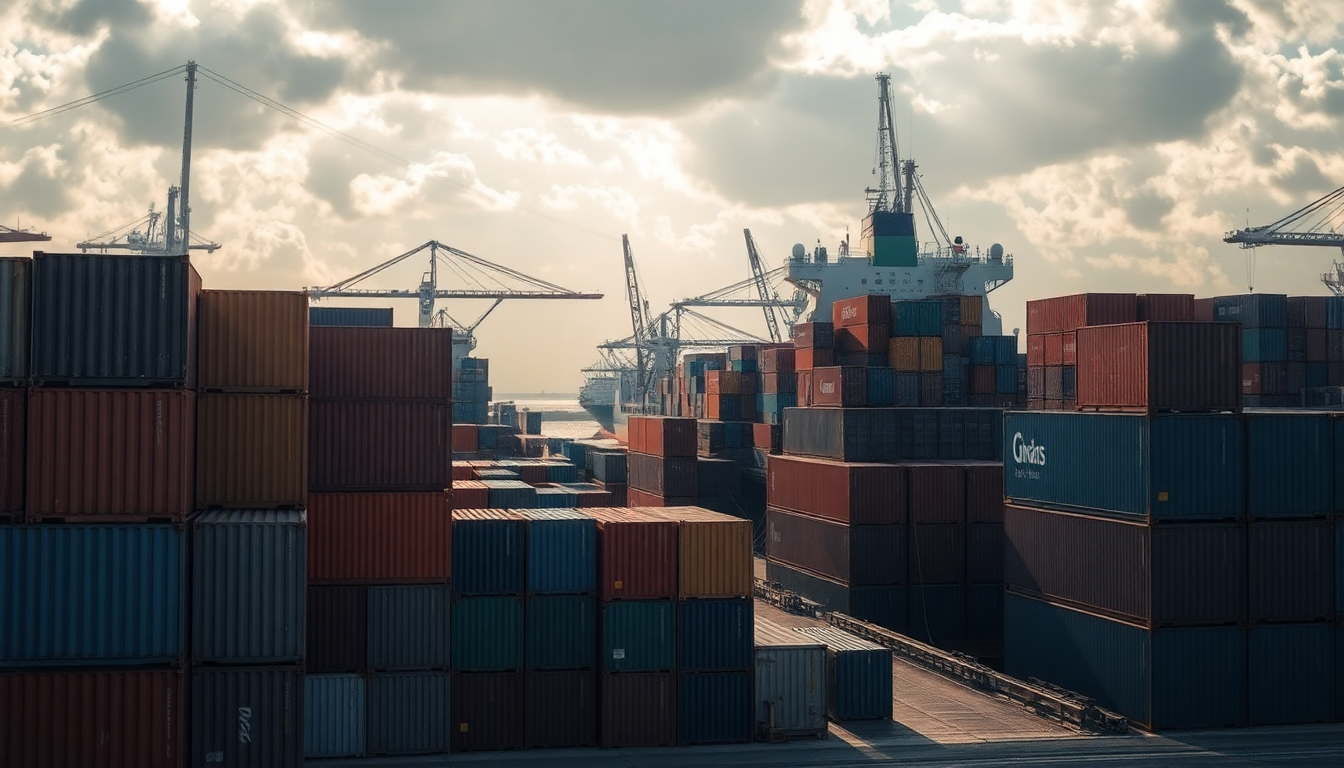Table of Contents
Big changes are on the horizon for global trade as the United States gears up to roll out a new set of tariffs on goods from its major trading partners. With the deadline for reaching trade agreements fast approaching, there’s a palpable sense of urgency in the air.
How will these tariffs reshape international economic relations? Let’s dive into what this means for all of us.
Current Market Dynamics
As we count down to the critical August 1 deadline, the buzz around the US’s potential tariffs is hard to ignore.
President Trump has already made it clear that significant tariffs are on the table for imports from several countries, sending shockwaves through global markets. Depending on the trading partner and the specific goods involved, tariffs could hit anywhere from 15% to 50%.
This isn’t just a minor tweak; it marks a pivotal moment in US trade policy.
This tension didn’t spring up overnight. Earlier this year, on what many are calling “Liberation Day,” the Trump administration kicked off the tariff saga with a baseline 10% tariff on all imports.
Since then, things have gotten more complicated, with a patchwork of country-specific tariffs emerging. Countries are now scrambling to finalize last-minute deals to sidestep the financial fallout.
Take Japan, the European Union, and the UK, for instance. These nations have managed to broker conditional agreements aimed at softening the blow of the new tariffs.
The EU has negotiated a 15% tariff on its exports to the US, while Japan has reduced its expected tariff to the same 15% in exchange for making significant investments in the US economy. It’s a high-stakes game, as countries work to balance their economic interests against the backdrop of US policies.
Potential Economic Impact
What does this mean for everyday Americans? The newly implemented tariffs could have serious implications, not just for the US economy, but for our trading partners too. Economic experts warn that households could see their costs rise significantly, with estimates suggesting an additional $2,400 a year by 2025 as prices on imported goods increase. This raises a pressing question: Are these tariffs really worth the potential strain on consumers?
Industries that rely on imported materials—like electronics and pharmaceuticals—might be in for a tough ride. Companies will now face the challenge of either absorbing these added costs or passing them on to consumers. This dilemma could stifle innovation and slow growth across many sectors. How will companies adapt, and what will that mean for the products we use every day?
Beyond the immediate financial implications, these tariffs could also shift diplomatic relations. Countries hit with new tariffs may rethink their trade strategies, leading to potential changes in alliances and economic policies. The Trump administration’s approach to using tariffs as leverage in broader discussions—covering everything from immigration to energy—adds another layer of complexity to the situation.
Looking Ahead: Trade Relations Post-Deadline
As we approach the August 1 deadline, all eyes are on the future of US trade relations with key partners like Mexico, Canada, and China. Right now, these countries don’t have finalized agreements, which raises concerns about the stability of these vital trading relationships. With existing tariffs of 25% on most imports from Mexico and Canada due to earlier measures, the lack of new deals suggests we might be in for more economic tension.
China, another major player, is currently facing a combined tariff of 30% due to previous escalations. These complex trade dynamics highlight the necessity for a comprehensive approach to international trade that goes beyond just implementing tariffs. Experts are calling for a more predictable and stable trade policy to help restore confidence in the global trading system.
In conclusion, the upcoming tariffs present both a challenge and an opportunity for a reevaluation of global trade relations. As nations navigate this turbulent environment, the outcomes of these negotiations will undoubtedly shape international economic relations for years to come. Are we ready for the changes that lie ahead?





